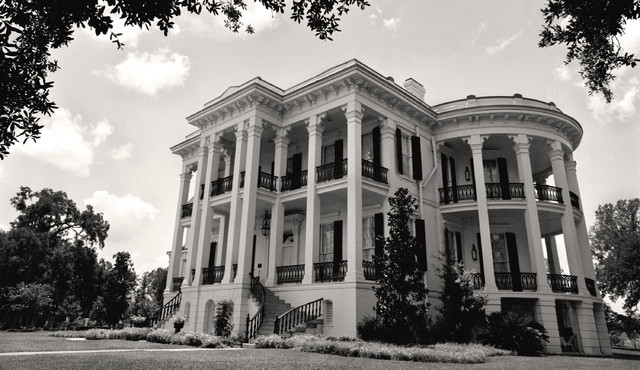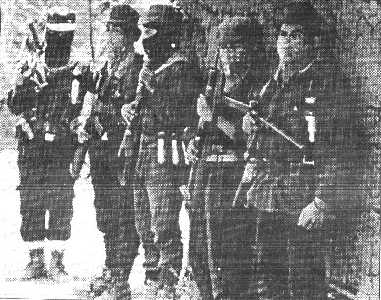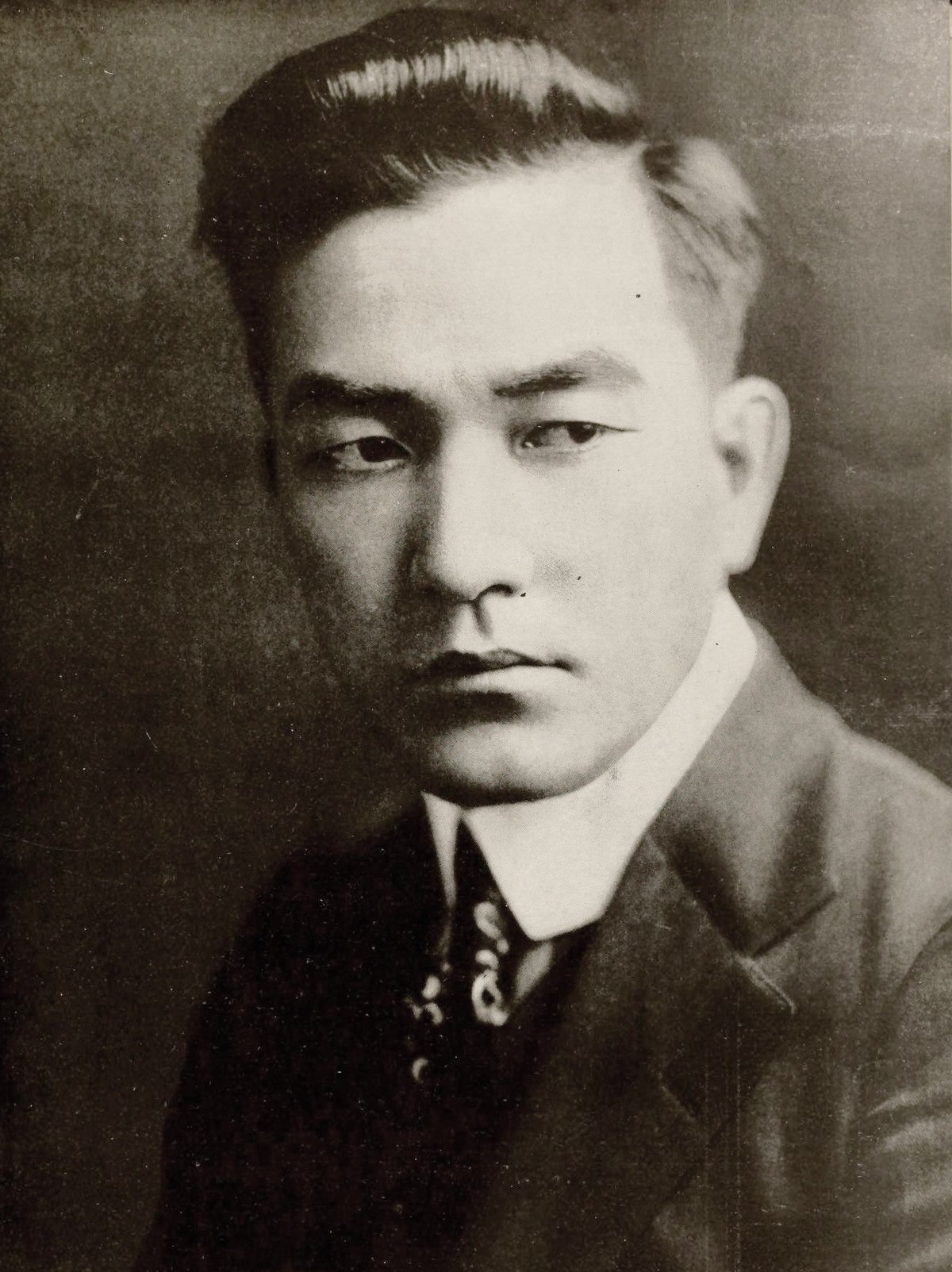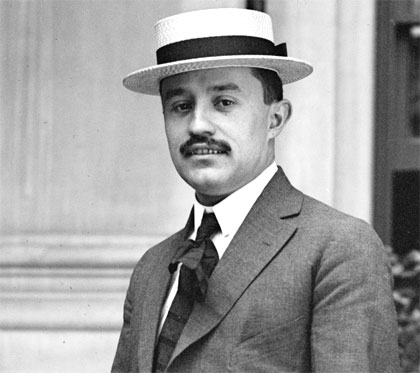1932-1935: The Mexican Revolution, Part One
Magon quickly set about seeing how far he could push the Calles-Cardenas coalition with his six-year plan to "change the nation completely". The outline included his plans to disband the Mexican Intelligence Bureau, a People's Constitution that will enable five president-leadership rather than one, and an agenda to seize all civilian guns. The last of these was immediately enacted, with government agents confiscating firearms across the country, and it proved to be the breaking point. The supporters of Calles and Cardenas, dubbing themselves "Nationalists" demanded an immediate end to the order, which Magon refused. With that, the seemingly stable Mexico broke out once again into civil war. Militant synarchists, disassociated from the political wing, simultaneously declared a new Union of Dakota, leading Magon and his "Socialists" to fight both them and the Nationalists.
Keeping true to some of his promises as quickly as possible, President Magon swiftly relinquished the Mexican oversight in China, Iran and Peru, regardless of the satellites' feelings on the matter. Saudi Arabia stayed under Mexican jurisdiction due to its precarious position near the Ottoman Empire, and the Mali and Philippines close cultural ties made ending their relationship less ideal.
The Socialist campaign against the nationalists began in earnest in 1933, with President Magon taking advantage of the air and naval superiority his side had maintained. Airship strikes on Guadalajara were the firs skirmishes of the conflict, and such missions would remain a constant through the entire war.
On the naval front, the Mexican Navy soon set about establishing control of the oceans, blocking off any sea traffic that could benefit the Nationalist alliance.
The President's brother and fellow anarchist thinker, Enrique Magon, was placed in charge of the Mexican Army heading north from Mexico City. His forces swept into Guadalajara while sustaining minimal casualties, thanks to the weakened defenses. The city nonetheless boasted the least protection of the Nationalist strongholds, and showed they would not bend easily.
The leader of the Sacramento Anarchist community, Japanese-descendant Horatio Kobayashi, was named Minister of War by Magon, and led a California force east to attack the Nationalists on another front. Kobayashi led the troops on a brutal trek through the desert to avoid battling the enemy troops fortified at Fort Yuma.
As part of the war effort, radio communication entered widespread use. The Mexican Army found it essential as tool for coordination, and granted them another major advantage over the Calles-Cardenas forces. Before long, it became a commercial product as well, allowing the wealthier members of Mexican society to hear the news or music from the comfort of their homes.
Though Mexico City was full of skirmishes and protests between supporters of either side, the city council attempted to distract with simpler pleasures. Mario Pani finally completed his crowning project he had planned for many years; Victoria Arena, the world's largest and greatest football stadium. Even amidst war, thousands would crowd into it's bleachers to watch teams play against each other, who continued amicably despite the national conflict.
The two wings of the Mexican army, under Kobayashi and Enrique Magon, surrounded the "Rebel City" of Hermosillo. Despite being another meagerly defended target, it was key to reuniting California with rest of the nation, allowing supply lines and trade to flow much more naturally.
Meanwhile, in South America, the imperialist conquests of Colombia finally came to an end. With their dictator having died from a weak heart, the Brazilian army finally pushed back and liberated the territory they, and Guayana, had lost.
The capture of Hermosillo in early 1934 proved to be a massive success. The local defenses were easily overwhelmed, with less than 200 deaths for the Socialist side.
As with so many civil wars before, the latest conflict in Mexico seemed to favour democracy. Riding high, Magon passed the People's Constitution into the voting stage in congress. Within the Socialist Party itself, the four other Presidents were already selected; the President's brother Enrique Magon, communist and Minister of the Interior Julio Antonio Mella, Minister of Justice Juana Belen Gutierrez de Mendoza, and Minister of War Horatio Kobayashi.
Things seemed to be on the rise for President Magon, and for real anarchist change in the Mexican Republic. Then tragedy struck. During a private meeting with Julio Mella in the Presidential office, a shooter fired three shots upon Magon and his visitor from an opposing rooftop. The first two shots struck the President, killing him, while the third grazed Mella. The attacker was never caught, though new security measures were soon put in place. Mella, with mass party support, soon took the office of President, declaring a state of emergency. He immediately discontinued the plans for the People's Constitution, labeling it "destabilizing", while also assuring the M.I.B. would remain, more essential now than ever.
During his ascension speech, Mella called for the support of the people, who must fight to truly put Mexico in their own hands and keep it out of the bourgeoisie capitalists who would keep them controlled. Nearly 100,000 volunteers soon rallied behind Mella's leadership, creating a massive but unprofessional proletariat army. Mella's rule had begun.

 ). Here, I am voting for any option that will cause tension or chaos also for my self-entertainment, because I believe that any good story needs a form of conflict to be entertaining. I don't want to read another story about "readers turn 19th century dictatorship into 21st century social progressive republic the end" after all
). Here, I am voting for any option that will cause tension or chaos also for my self-entertainment, because I believe that any good story needs a form of conflict to be entertaining. I don't want to read another story about "readers turn 19th century dictatorship into 21st century social progressive republic the end" after all 
























































 Next story will likely not be election based for my sanity's sake lol
Next story will likely not be election based for my sanity's sake lol